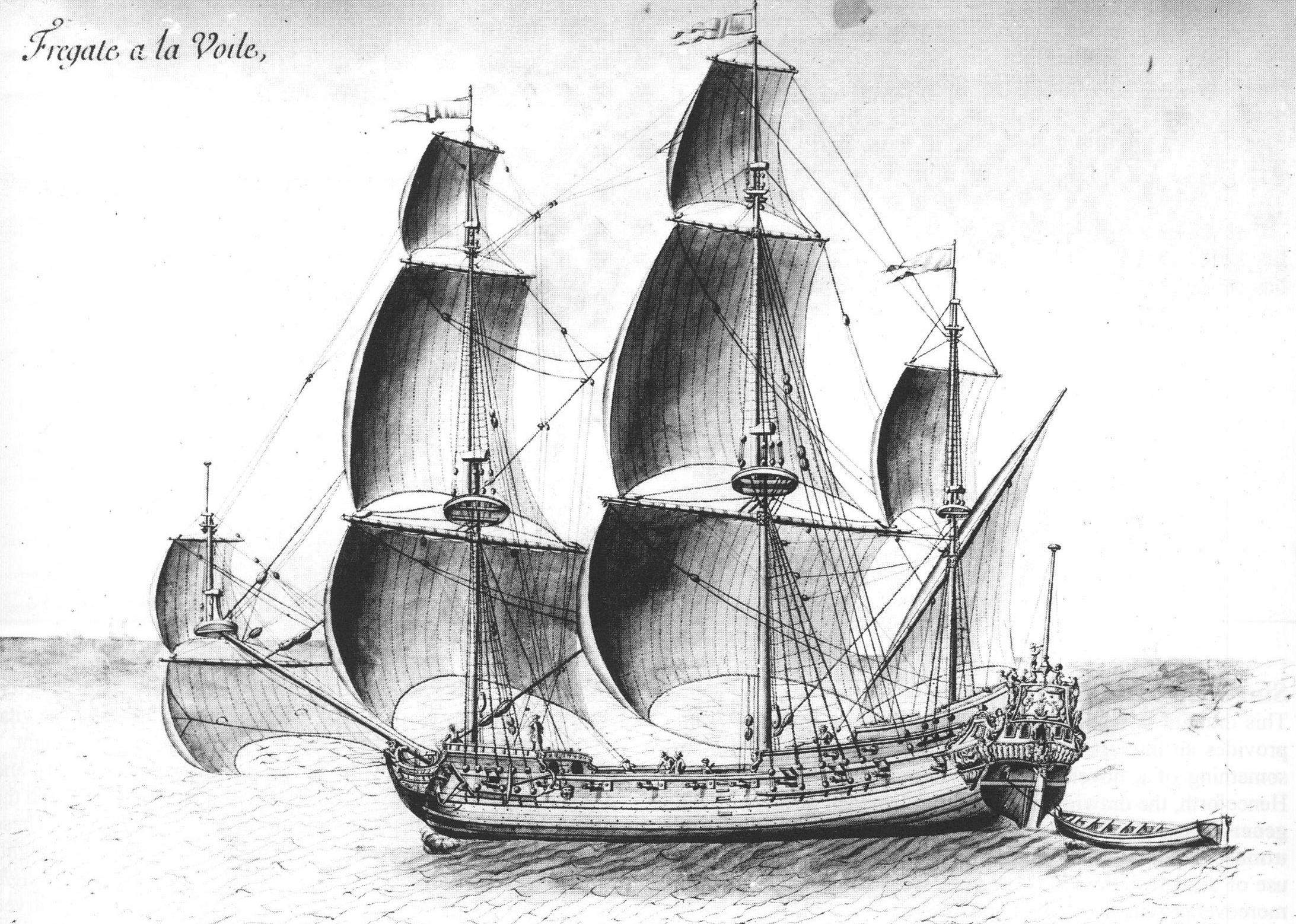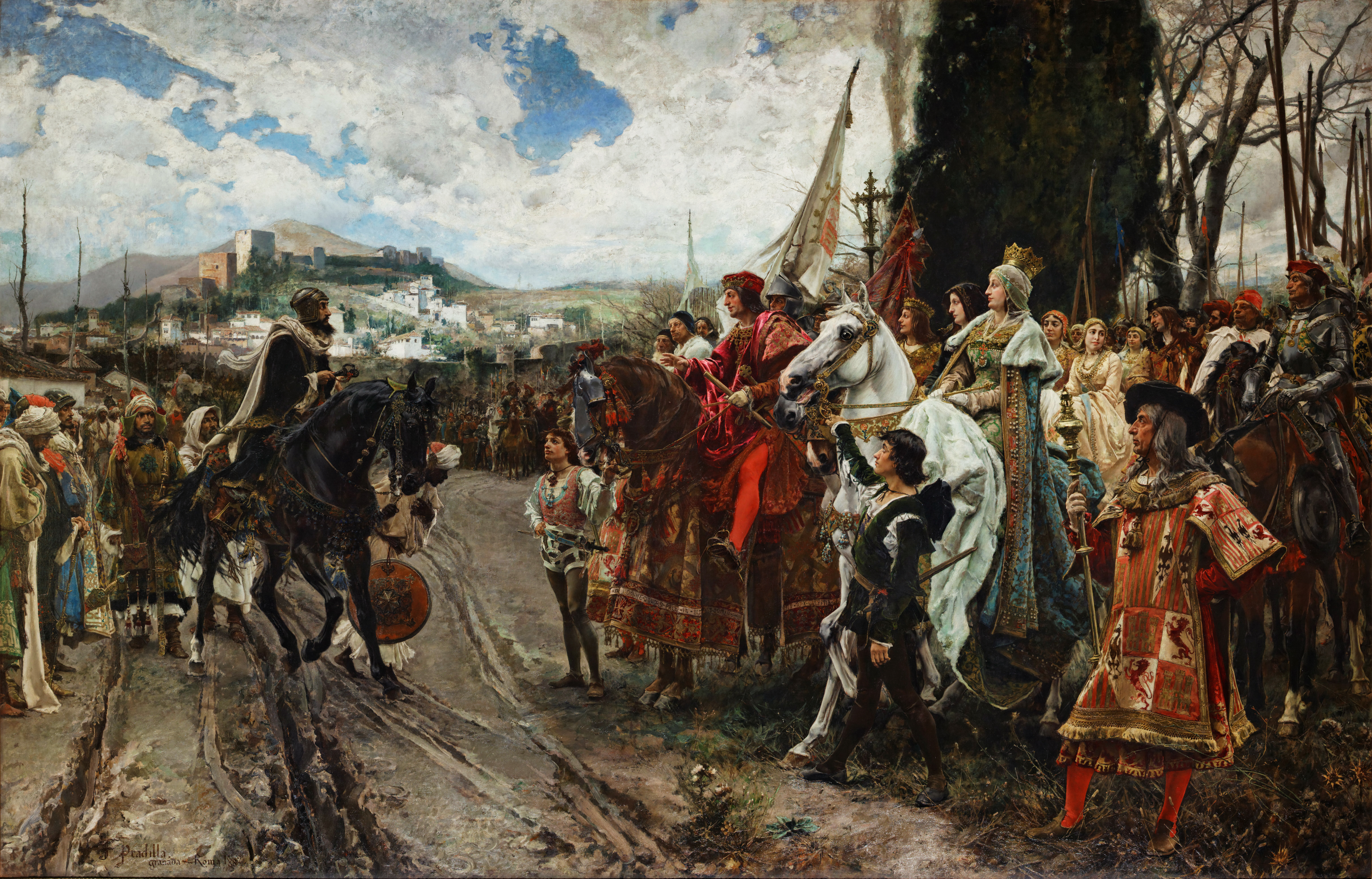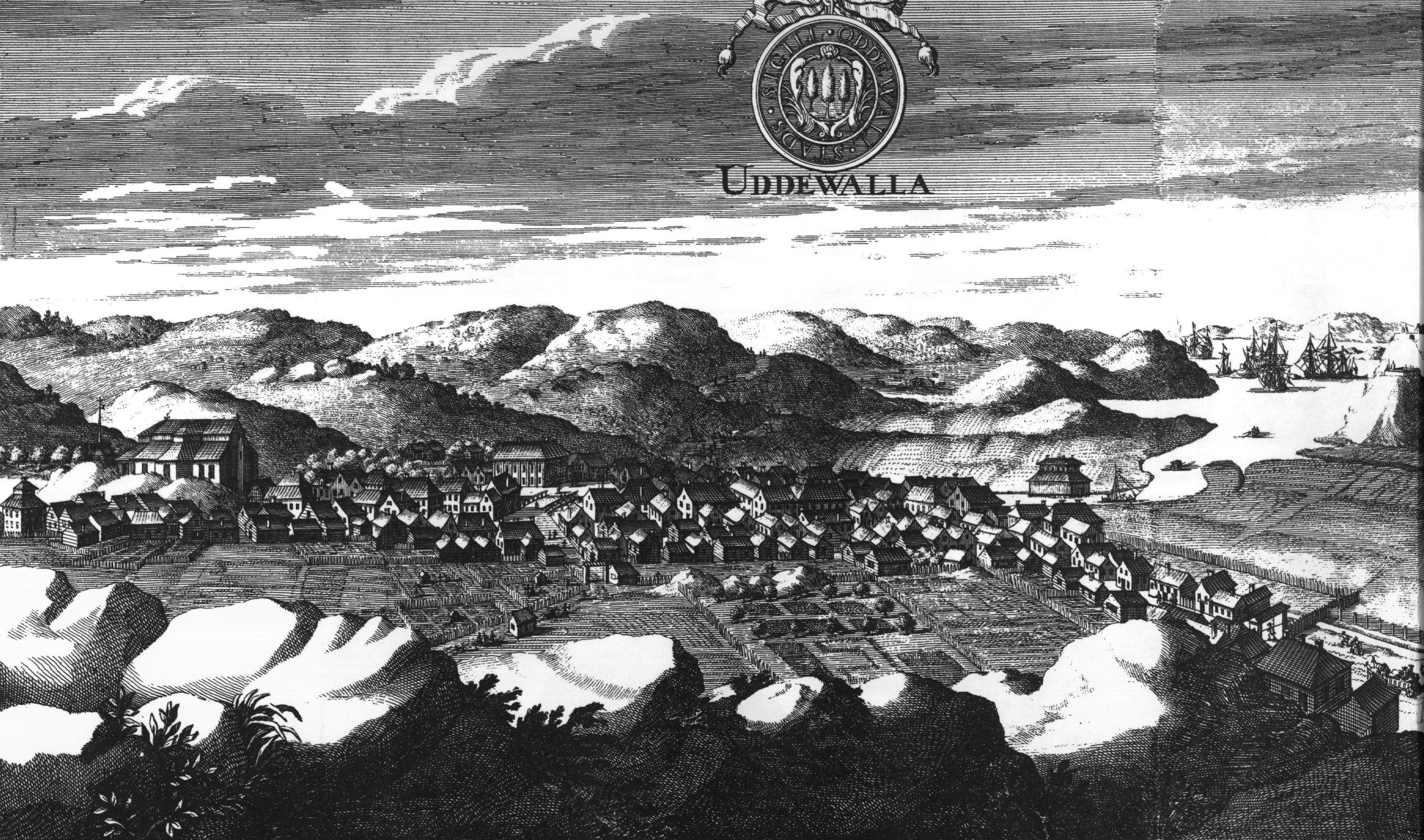|
Theatre War
{{Campaignbox Dano-Swedish Wars The Theatre War ( sv, Teaterkriget), Cowberry War, Cranberry War or Lingonberry War ( no, Tyttebærkrigen, da, Tyttebærkrigen), was a brief war between Denmark–Norway and Sweden, starting on 24 September 1788, formally lasting until 9 July 1789. Although the decision to launch the attack was taken in Denmark, the majority of the attacking soldiers were Norwegians from the Norwegian army. The attack was directed towards the region known as Bohuslän in Sweden, and was supposed to act as a diversion to relieve Russia, who was an ally of Denmark–Norway and had recently been attacked by Sweden (Gustav III's Russian War). This forced Denmark–Norway to honour their alliance between the two states that had been signed in 1773. Background When Gustav III of Sweden on his own initiative, and unconstitutionally, attacked Russia in 1788 and thereby started the Russo-Swedish War of 1788–90, Denmark found itself in an awkward position. In the 177 ... [...More Info...] [...Related Items...] OR: [Wikipedia] [Google] [Baidu] |
Russo-Swedish War (1788–90)
Wars between Russia Russia (, , ), or the Russian Federation, is a transcontinental country spanning Eastern Europe and Northern Asia. It is the largest country in the world, with its internationally recognised territory covering , and encompassing one-eigh ... and Sweden have been recorded since as early as the 12th century. These conflicts include: See also * * * * * * * {{Russian conflicts Russia and Sweden Russia–Sweden military relations *Russia *Sweden Wars, Sweden Wars, Sweden Wars, Russia Wars, Russia ... [...More Info...] [...Related Items...] OR: [Wikipedia] [Google] [Baidu] |
Frigate
A frigate () is a type of warship. In different eras, the roles and capabilities of ships classified as frigates have varied somewhat. The name frigate in the 17th to early 18th centuries was given to any full-rigged ship built for speed and maneuverability, intended to be used in scouting, escort and patrol roles. The term was applied loosely to ships varying greatly in design. In the second quarter of the 18th century, the 'true frigate' was developed in France. This type of vessel was characterised by possessing only one armed deck, with an unarmed deck below it used for berthing the crew. Late in the 19th century (British and French prototypes were constructed in 1858), armoured frigates were developed as powerful ironclad warships, the term frigate was used because of their single gun deck. Later developments in ironclad ships rendered the frigate designation obsolete and the term fell out of favour. During the Second World War the name 'frigate' was reintroduced to ... [...More Info...] [...Related Items...] OR: [Wikipedia] [Google] [Baidu] |
Surrender (military)
Surrender, in military terms, is the relinquishment of control over territory, combatants, fortifications, ships or armament to another power. A surrender may be accomplished peacefully or it may be the result of defeat in battle. A sovereign state may surrender following defeat in a war, usually by signing a peace treaty or capitulation agreement. A battlefield surrender, either by individuals or when ordered by officers, normally results in those surrendering becoming prisoners of war. Definition and etymology Merriam-Webster defines "surrender" as "the action of yielding one's person or giving up the possession of something especially into the power of another", and traces the etymology to the Middle English ''surrendre'', from French ''sur-'' or ''sus-'', ''suz'' "under" + ''rendre'' "to give back"; this in turn is defined by the University of Michigan Middle English Dictionary as meaning "The giving up of an estate, a grant of land, or an interest in property to th ... [...More Info...] [...Related Items...] OR: [Wikipedia] [Google] [Baidu] |
Åmål
Åmål () is a locality and the seat of Åmål Municipality in Västra Götaland County, Sweden with 9,065 inhabitants in 2010. It is situated on the western shore of Vänern. In 2005 Åmål received second prize in the international competition The International Awards for Liveable Communities (also known as the LivCom Awards). A blues festival has been held annually in Åmål since 1992. History Åmål was founded in the 17th century by Queen Christina, and became one of the now defunct Cities of Sweden on April 1, 1643, and the only city in the historical province of Dalsland. Its location close to the borders of the Denmark-Norway alliance made it vulnerable to attack and it accordingly suffered over the ensuing centuries: first in 1645, when it was almost completely demolished, again in 1676 and 1679; and the last time in 1788 when it was conquered by the Danes, who then held it for a short while. The town suffered devastating fires in 1777, 1809, 1846 and 1901. A ... [...More Info...] [...Related Items...] OR: [Wikipedia] [Google] [Baidu] |
Johann Friedrich Von Und Zu Mansbach
Johann Friedrich von und zu Mansbach (26 October 1744 – 15 March 1803) was a Hessian-Danish military officer. He spent much of his career in Norway, participated in the Theater War, and commanded Fredriksten Fortress from 1790 to his death, reaching the rank of lieutenant general. He was born in Mansbach as a son of Friedrich Wilhelm von und zu Mansbach and Sophia Bernstein. In 1787 he married Isabella von Oldenburg (1769–1855), a daughter of Adam Christoph von Oldenburg and Maria de Schöller, and a former member of Désirée Clary's court. Their son Carl von und zu Mansbach became a notable military officer and diplomat, and one of Carl's daughters married judge and politician Otto Joachim Løvenskiold. Johann Friedrich von und zu Mansbach was a military officer in Hesse-Kassel before serving Denmark. In April 1776 he became a naturalized Danish citizen. He served as leader of Dronningens Livregiment in Denmark from November 1772, with the rank of lieutenant colonel. He be ... [...More Info...] [...Related Items...] OR: [Wikipedia] [Google] [Baidu] |
Major General
Major general (abbreviated MG, maj. gen. and similar) is a military rank used in many countries. It is derived from the older rank of sergeant major general. The disappearance of the "sergeant" in the title explains the apparent confusion of a lieutenant general outranking a major general, whereas a major outranks a lieutenant. In the Commonwealth and in the United States, when appointed to a field command, a major general is typically in command of a division consisting of around 6,000 to 25,000 troops (several regiments or brigades). It is a two-star rank that is subordinate to the rank of lieutenant general and senior to the rank of brigadier or brigadier general. In the Commonwealth, major general is equivalent to the navy rank of rear admiral. In air forces with a separate rank structure (Commonwealth), major general is equivalent to air vice-marshal. In some countries including much of Eastern Europe, major general is the lowest of the general officer ranks, wit ... [...More Info...] [...Related Items...] OR: [Wikipedia] [Google] [Baidu] |
Uddevalla
Uddevalla (old no, Oddevold) is a town and the seat of Uddevalla Municipality in Västra Götaland County, Sweden. In 2015, it had a population of 34 781. It is located at a bay of the south-eastern part of Skagerrak. The beaches of Uddevalla are filled with seashells and Uddevalla has one of the largest shell- banks in the world. Uddevalla has a port and it once had a large shipyard, the ''Uddevallavarvet'' ("Uddevalla wharf"), which was the largest employer in Bohuslän during the 1960s. The 1970s recession, that affected the Swedish shipyard industry severely, led to the closing of the wharf in 1985. History Uddevalla received its town privileges in 1498, but thought to have been a place of trade long before that. Formerly, Uddevalla belonged to Norway, and its name today comes from the original Norwegian ''Oddevald'', which later turned into ''Oddevold''. Due to its close location to Sweden and Denmark, it was often besieged. In 1612, it was burnt down by Swedish tr ... [...More Info...] [...Related Items...] OR: [Wikipedia] [Google] [Baidu] |
Kvistrum
Munkedal is a locality and the seat of Munkedal Municipality, Västra Götaland County, Sweden with 3,718 inhabitants in 2010. Joakim Andersson, an ice hockey player for the Detroit Red Wings, grew up in Munkedal. Olympian Erland Koch Erland Koch (3 January 1867 – 29 April 1945) was a German Empire, German shooting sports, sport shooter who competed in the 1912 Summer Olympics. He won the bronze medal in the Shooting at the 1912 Summer Olympics - Men's team clay pigeo ... was born here. The Battle of Kvistrum took place near the town.Nils Modig. Strömstad—Gränsstad i Ofred och Krig (2013). Warne Förlag, Sävedalen. pp. 146–159 References Populated places in Västra Götaland County Populated places in Munkedal Municipality Municipal seats of Västra Götaland County Swedish municipal seats {{VästraGötaland-geo-stub ... [...More Info...] [...Related Items...] OR: [Wikipedia] [Google] [Baidu] |
Johan Werner Tranefelt
{{disambiguation ...
Johan * Johan (given name) * ''Johan'' (film), a 1921 Swedish film directed by Mauritz Stiller * Johan (band), a Dutch pop-group ** ''Johan'' (album), a 1996 album by the group * Johan Peninsula, Ellesmere Island, Nunavut, Canada * Jo-Han, a manufacturer of plastic scale model kits See also * John (name) John (; ') is a common male given name in the English language of Hebrew origin. The name is the English form of ''Iohannes'' and ''Ioannes'', which are the Latin forms of the Greek name Ioannis (Ιωάννης), originally borne by Hellenize ... [...More Info...] [...Related Items...] OR: [Wikipedia] [Google] [Baidu] |
Vänersborg
Vänersborg () is a locality and the seat of Vänersborg Municipality, Västra Götaland County, Sweden with 23,882 inhabitants (out of a municipal total of 39,591) Until 1997 it was the capital of Älvsborg County, which was dissolved in 1998. Since 1999 Vänersborg has been the seat of the regional parliament of Västra Götaland County. The city is located on the southern shores of lake Vänern, close to where the river Göta älv leaves the lake. History A marketplace was established at Brätte at the southern end of Vassbotten (southernmost part of Vänern), south of modern Vänersborg, by the end of the medieval period. The settlement developed with paved streets lined with houses and farms and it was granted town privileges in 1580. The site, however, became unsuitable for trans-shipment of goods due to silting of its harbour and it was difficult to protect. Consequently, in 1644, the town was moved 3½ kilometres north to Huvudnäset, and the new town of Vänersborg w ... [...More Info...] [...Related Items...] OR: [Wikipedia] [Google] [Baidu] |
Jämtland
Jämtland (; no, Jemtland or , ; Jamtlandic, Jamtish: ''Jamtlann''; la, Iemptia) is a historical provinces of Sweden, province () in the centre of Sweden in northern Europe. It borders Härjedalen and Medelpad to the south, Ångermanland to the east, Lapland, Sweden, Lapland to the north and Trøndelag and Norway to the west. Jämtland covers an area of 34,009 square kilometres, 8.3% of Sweden's total area and is the second largest province in Sweden. It has a population of 115,331, the majority of whom live in , the area surrounding lake Storsjön. Östersund is Jämtland's only city and is the List of cities in Sweden by population, 24th most populous city in Sweden. The historical province is one of the least densely populated. Jämtland was originally an autonomous republic,Ekerwald, Carl-Göran (2004). ''Jämtarnas historia'' (in Swedish), 124. "Svaret är att Jämtland före 1178 var ett självständigt bondesamfund, "dei vart verande ein nasjon för seg sjöl", för att ... [...More Info...] [...Related Items...] OR: [Wikipedia] [Google] [Baidu] |
Skåne
Scania, also known by its native name of Skåne (, ), is the southernmost of the historical provinces (''landskap'') of Sweden. Located in the south tip of the geographical region of Götaland, the province is roughly conterminous with Skåne County, created in 1997. Like the other former provinces of Sweden, Scania still features in colloquial speech and in cultural references, and can therefore not be regarded as an archaic concept. Within Scania there are 33 municipalities that are autonomous within the Skåne Regional Council. Scania's largest city, Malmö, is the third-largest city in Sweden, as well as the fifth-largest in Scandinavia. To the north, Scania borders the former provinces of Halland and Småland, to the northeast Blekinge, to the east and south the Baltic Sea, and to the west Öresund. Since 2000, a road and railway bridge, the Öresund Bridge, bridges the Sound and connects Scania with Denmark. Scania forms part of the transnational Øresund Region. ... [...More Info...] [...Related Items...] OR: [Wikipedia] [Google] [Baidu] |






